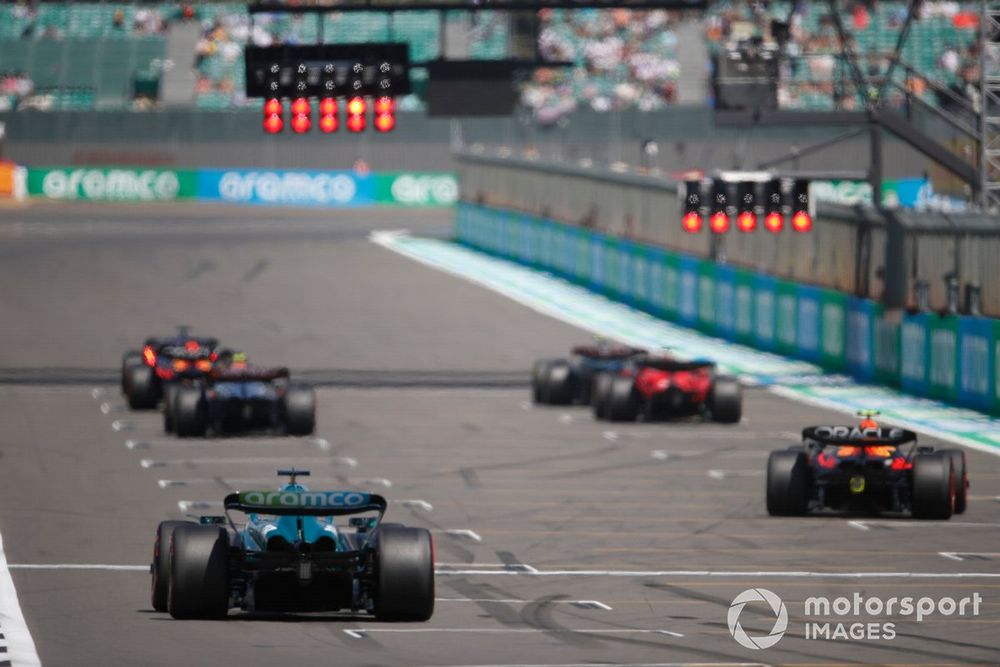Central to the changes are new power unit regulations, with a move to fully sustainable fuel and tweaked turbo-hybrids, eradicating the MGU-H, having brought Audi in and convinced Honda to do a U-turn on leaving.
But it is not only the engines that are new, and there are going to be major revisions to the cars too in a bid to ensure the racing is as good as possible.
While there have been some broad ideas discussed at various times, the FIA has so far not revealed much about the specific details of what is coming on the chassis side.
That has changed now with the governing body’s head of single-seaters Nikolas Tombazis talking at length to selected media, including Autosport, about where things are heading for 2026.
Smaller, lighter and more nimble machinery
One of the biggest complaints about the current cars is that they are so heavy. This not only makes them less responsive, but it is also punishing on tyres – which are critical to the spectacle.
As the FIA moves towards delivering the first draft of outline regulations by the end of next June, it is clear car dimensions are going to change for 2026.
Tombazis has explained that the basic layout of an F1 2026 car is defined and will be different to what we have at the moment.
The cars will be shorter, with the wheelbase likely trimmed down to 3400mm from the current maximum 3600mm. The cars will also be narrower by 10cm, so will be reduced from 2000mm to 1900mm.
Photo by: Jake Grant / Motorsport Images
The drivers practice their start procedures at the end of FP1
All of the above are aimed at helping the FIA deliver on one of its key targets – which is shedding a lot of bulk from the cars.
“We aim to have a significantly lower weight limit, and we are looking to reduce the weight limit by 40 to 50 kilos in 2026,” said Tombazis.
“The way we want to do that is related to what we’ve termed the ‘nimble car’ concept, because we basically feel that in recent years the cars have become a bit too bulky and too heavy.”
The smaller dimensions will automatically help with the weight, but another factor will be crucial as well: a reduction of downforce.
It will mean less load on parts, and that will mean teams will not have to make things so beefy.
“This lower downforce means that a lot of the loading on components, such as suspension, will reduce and that will enable the teams to reduce the weight consequentially,” said Tombazis.
More savings will also come from F1…
Click Here to Read the Full Original Article at Autosport.com – Formula 1 – Stories…

